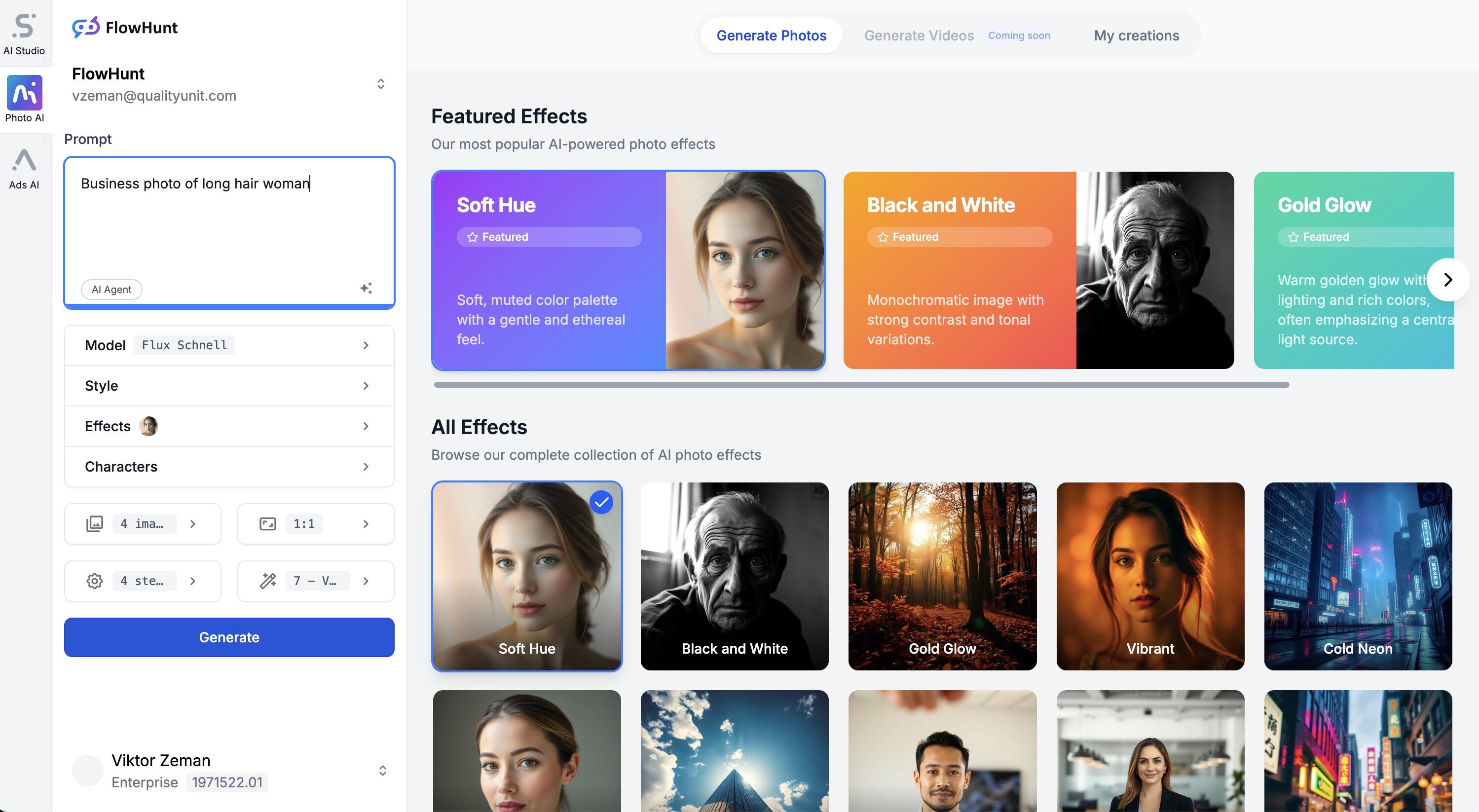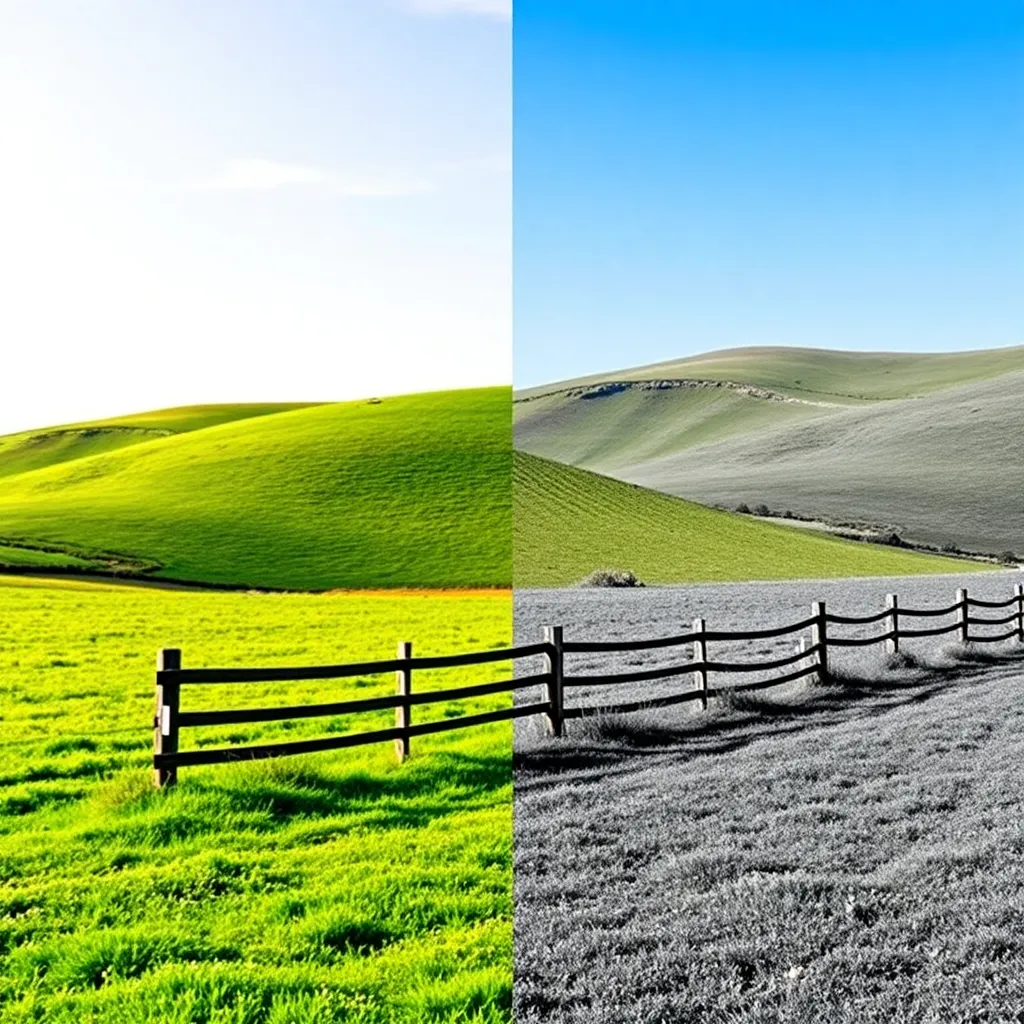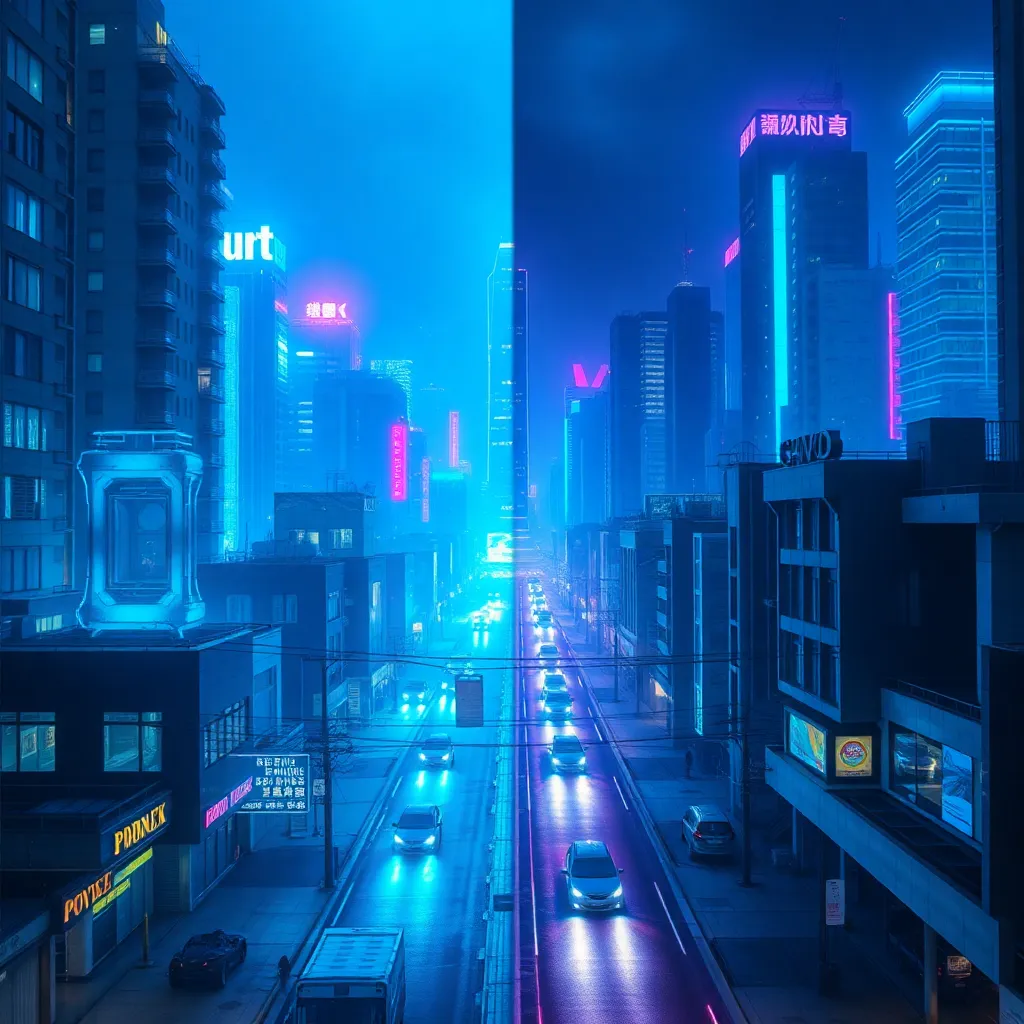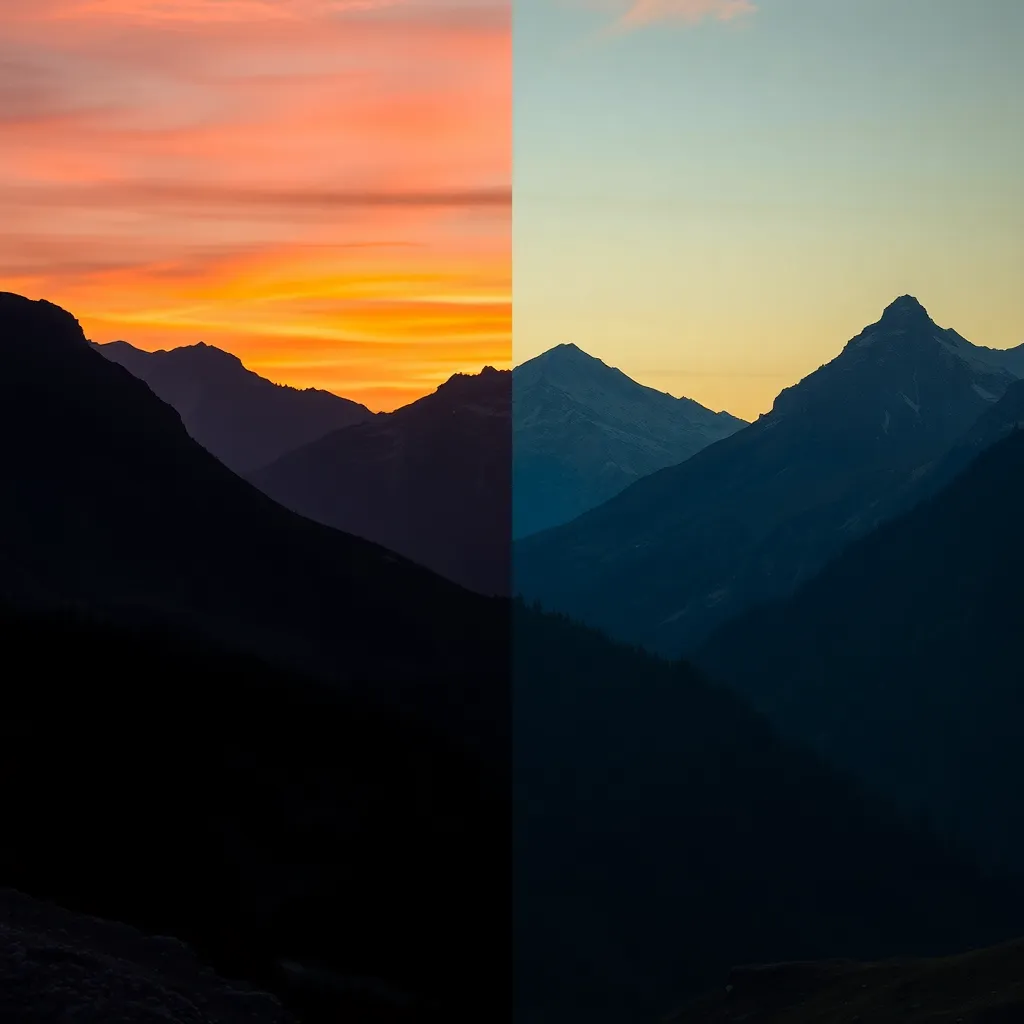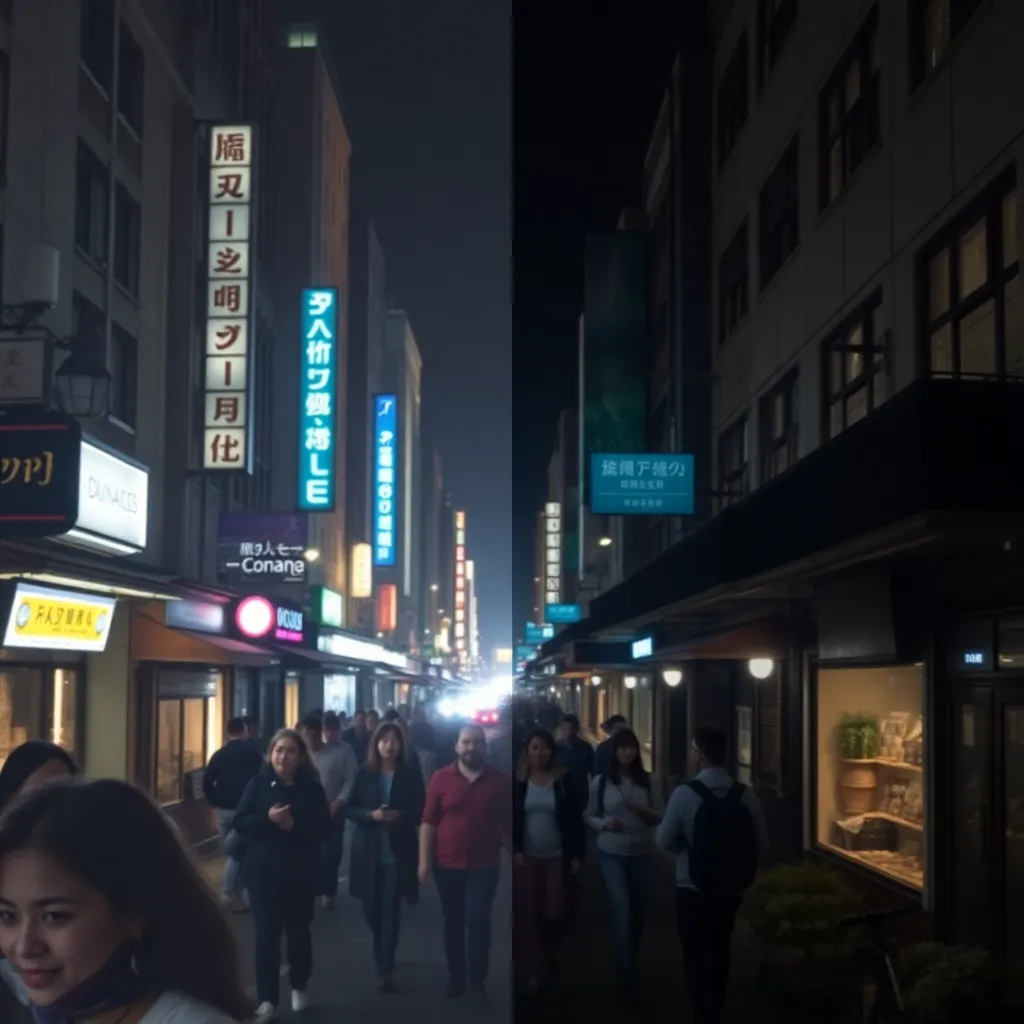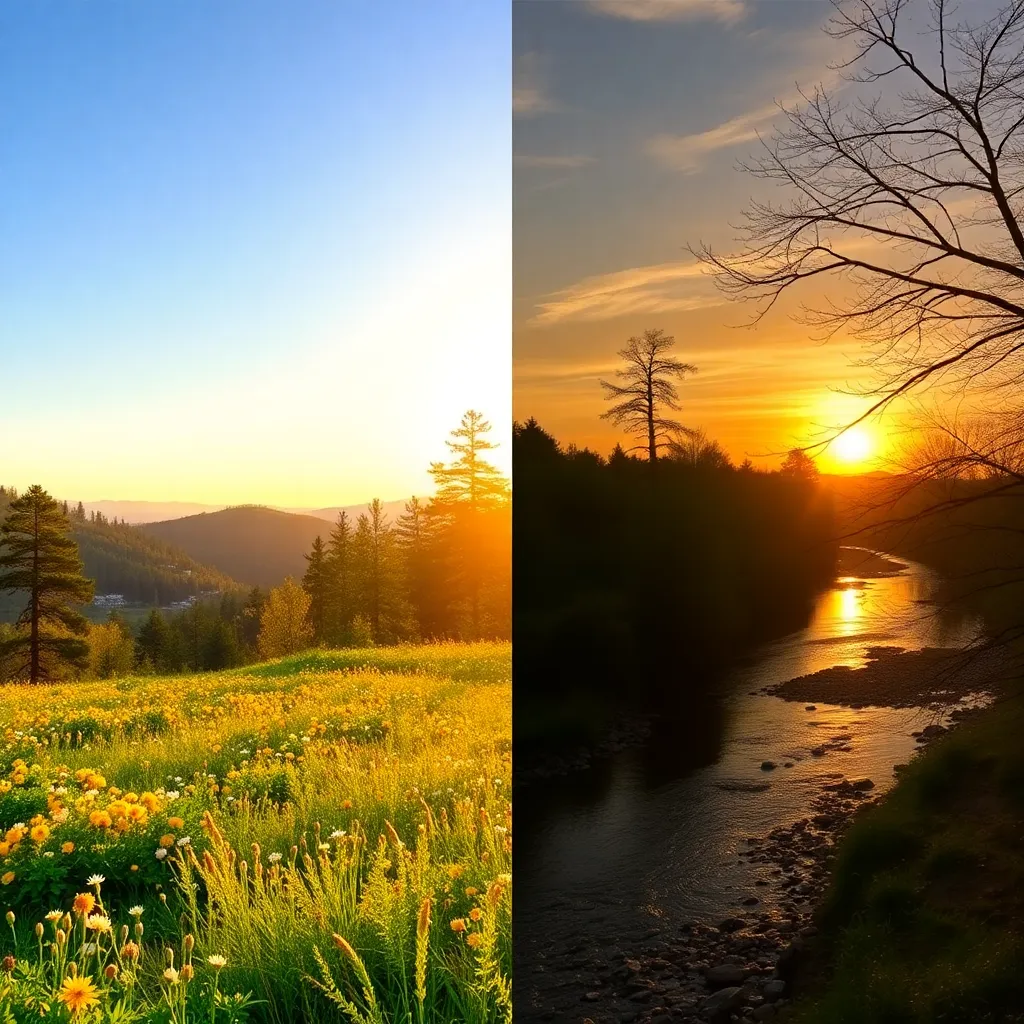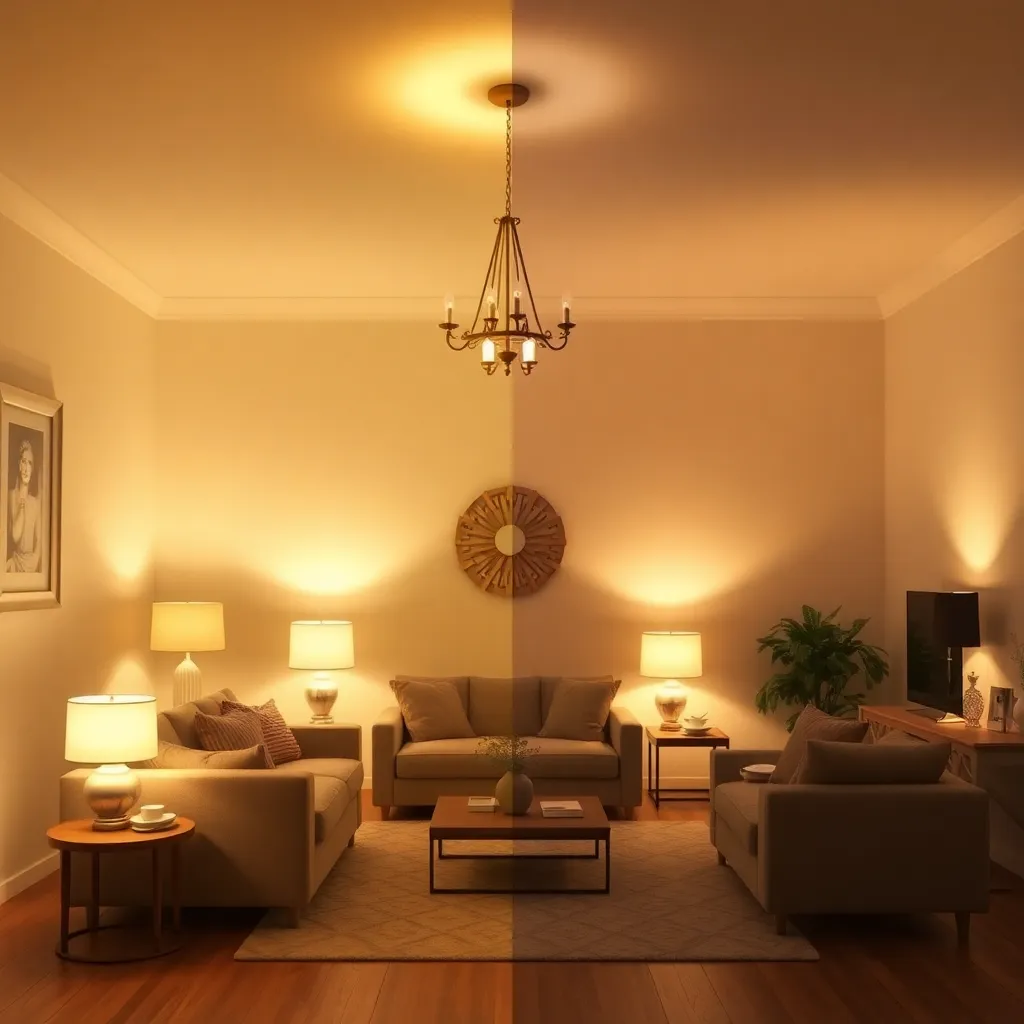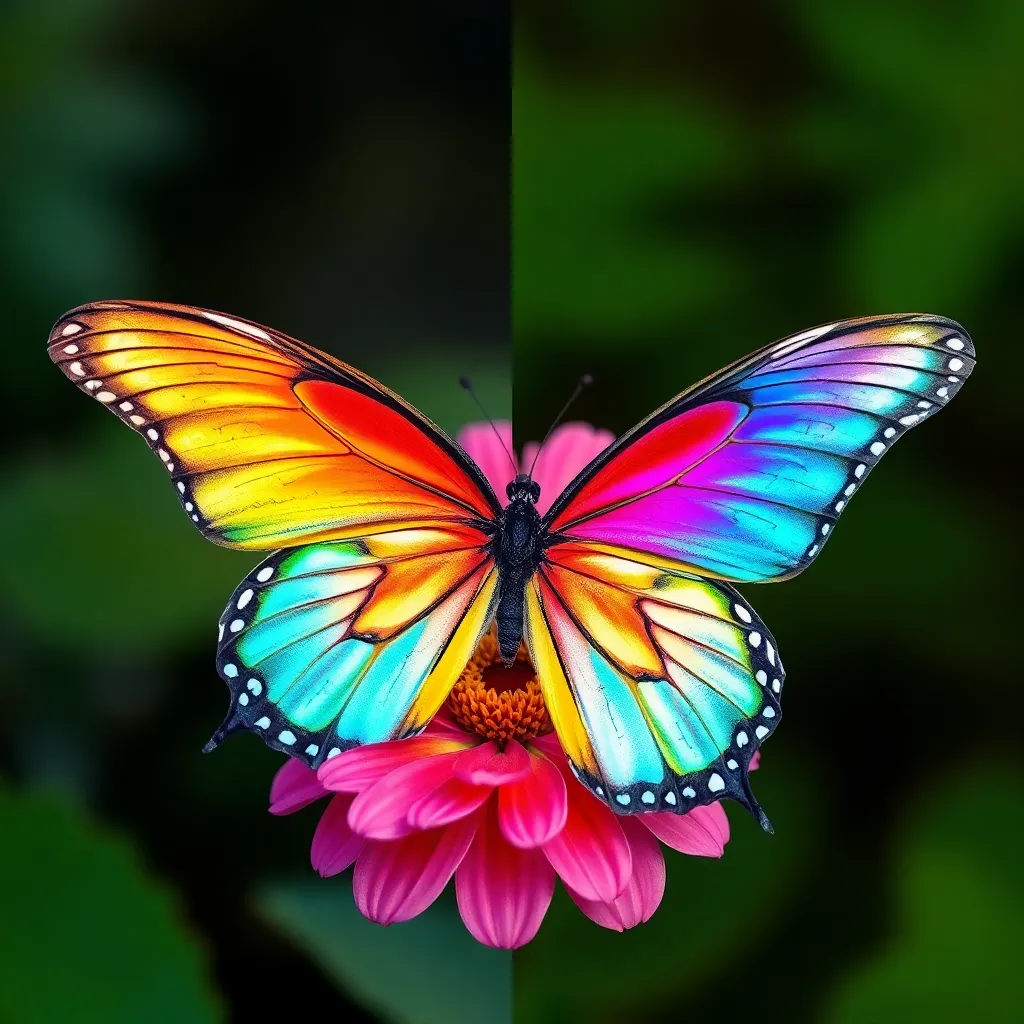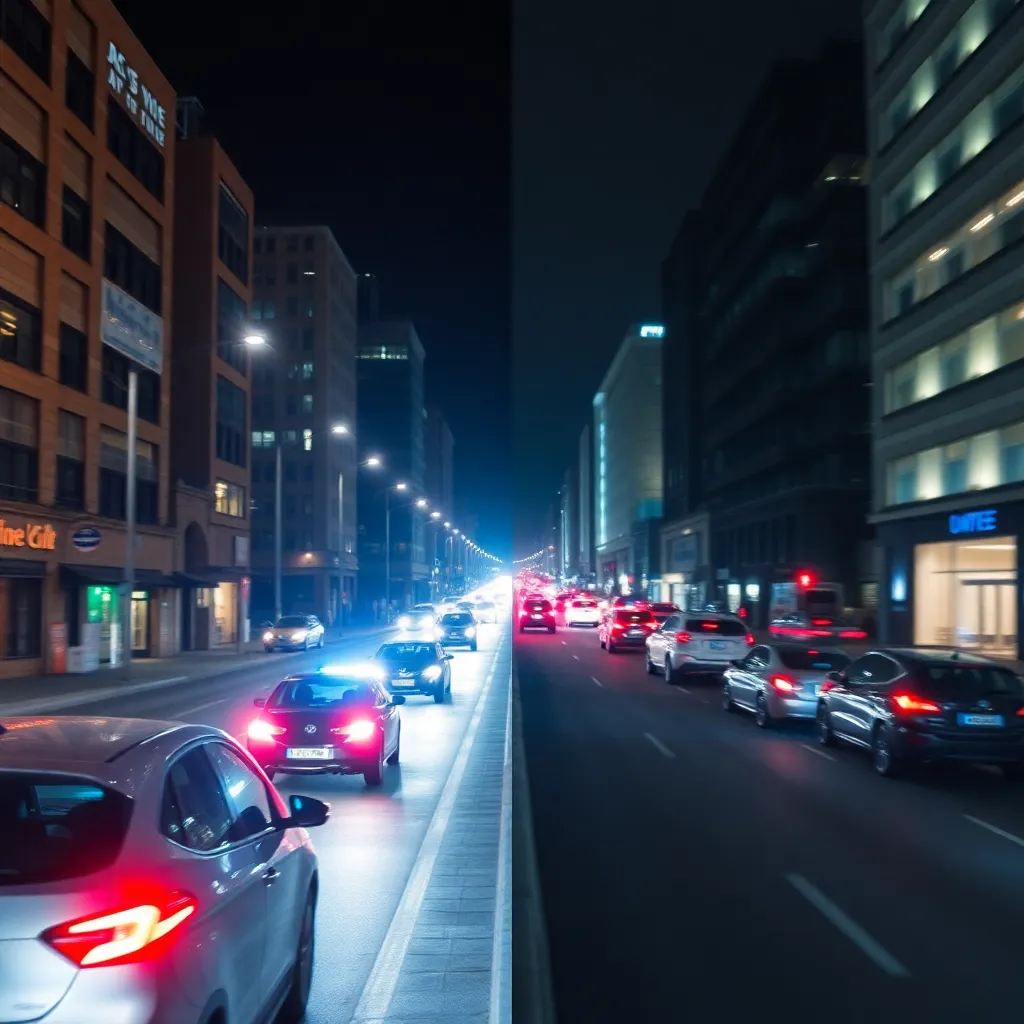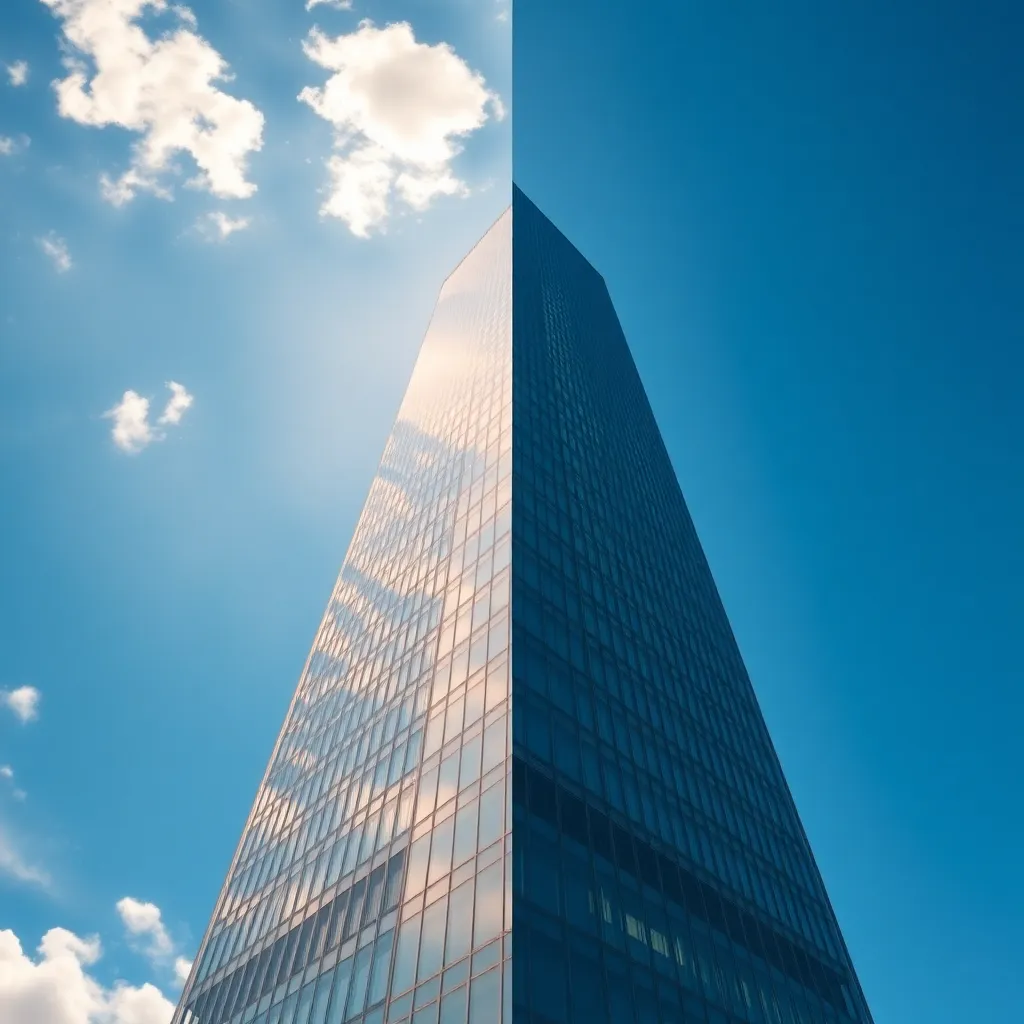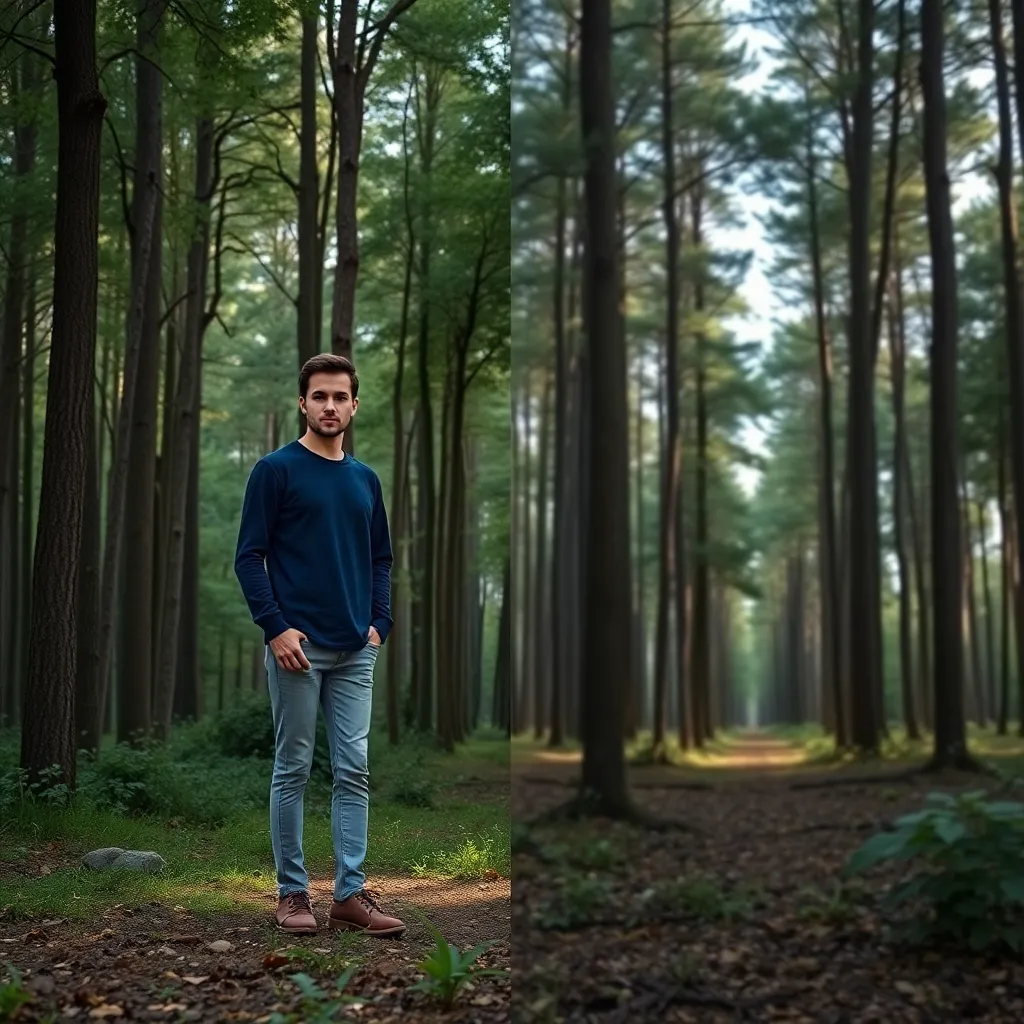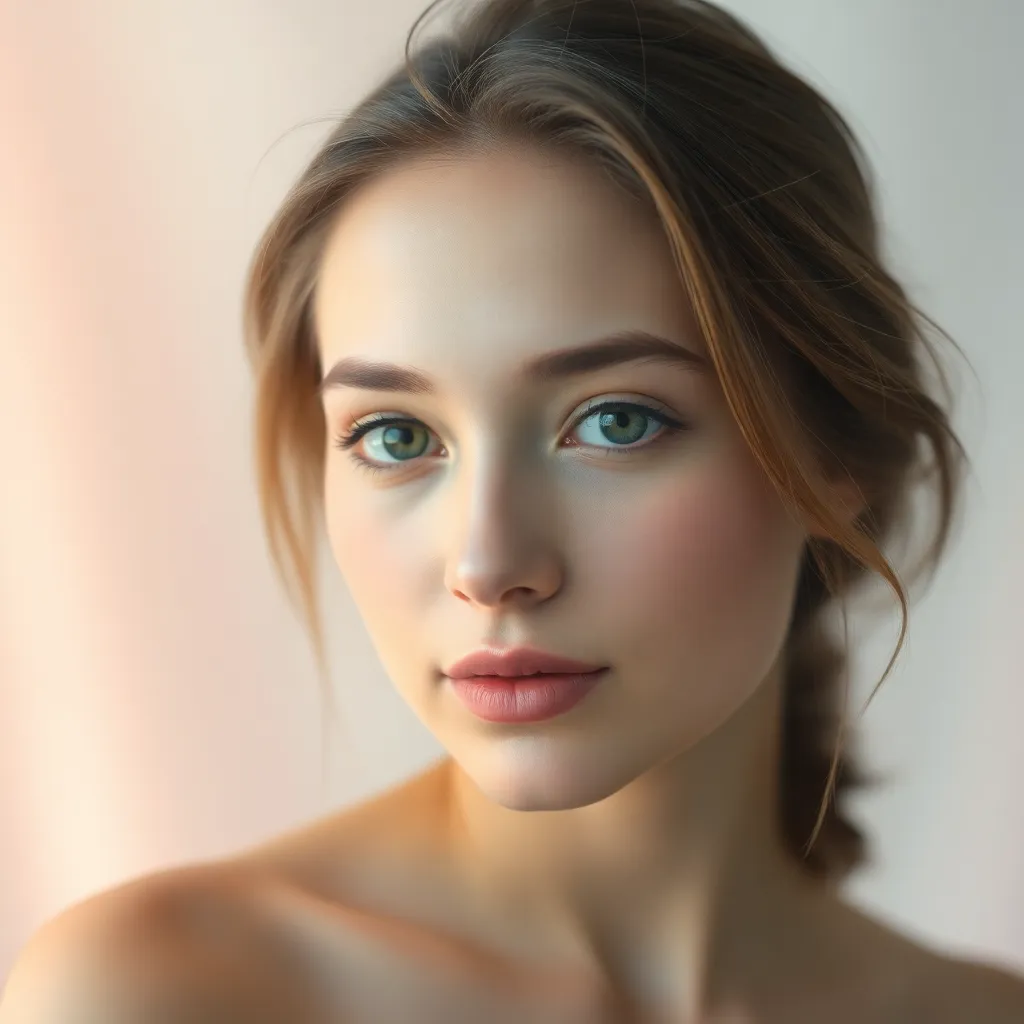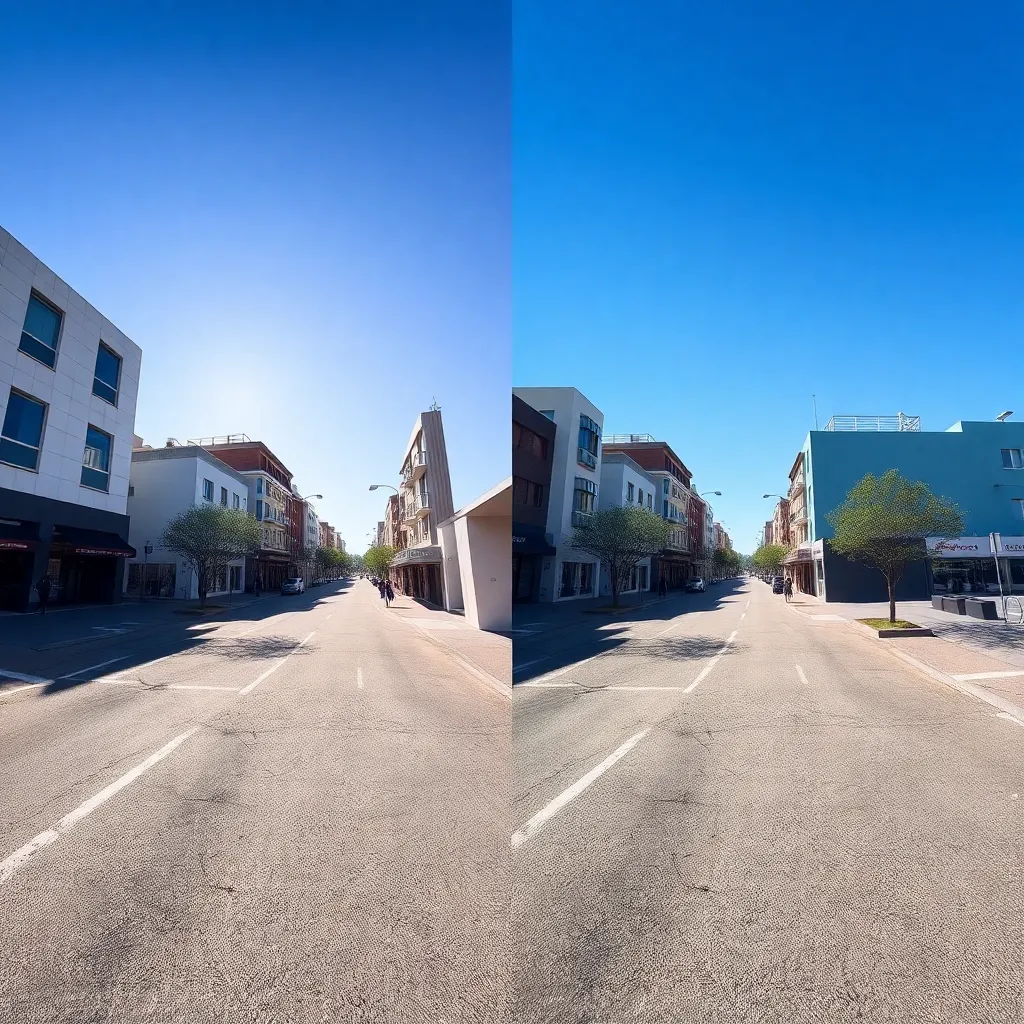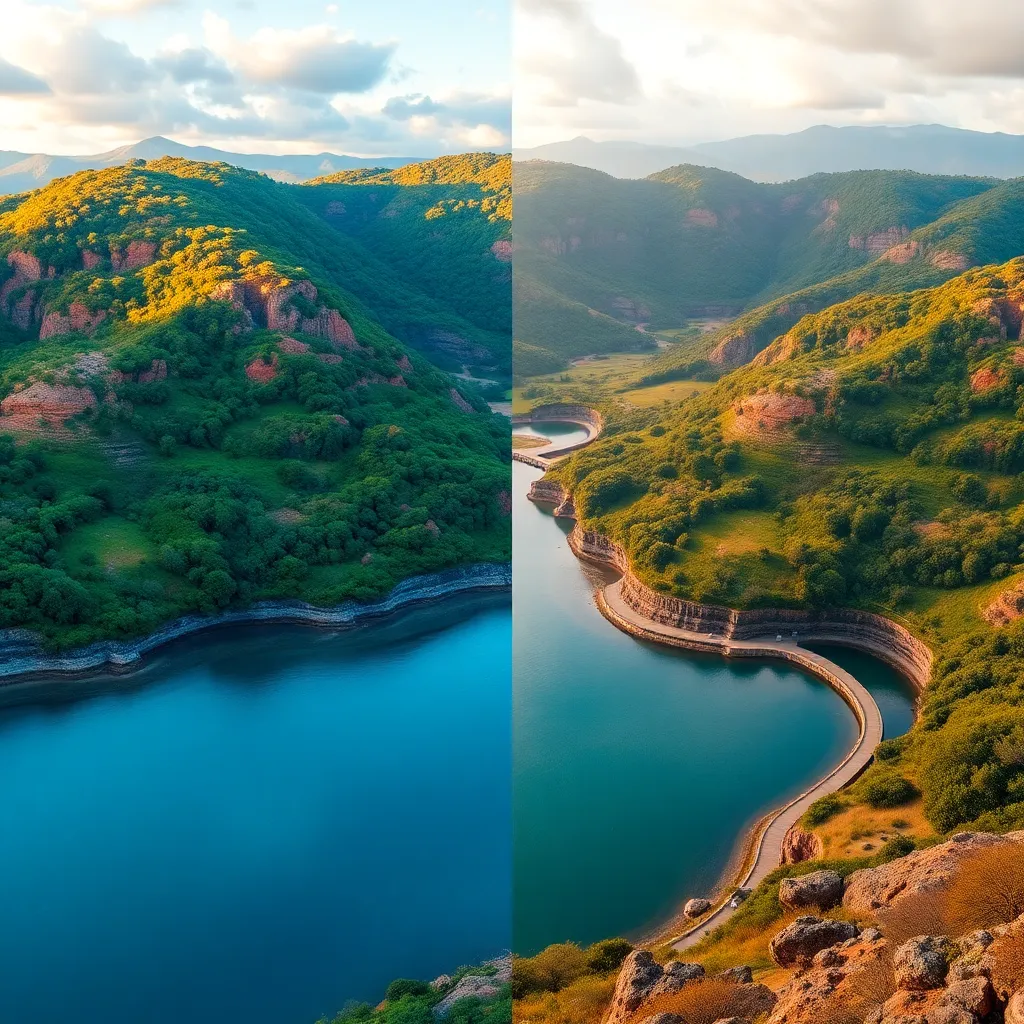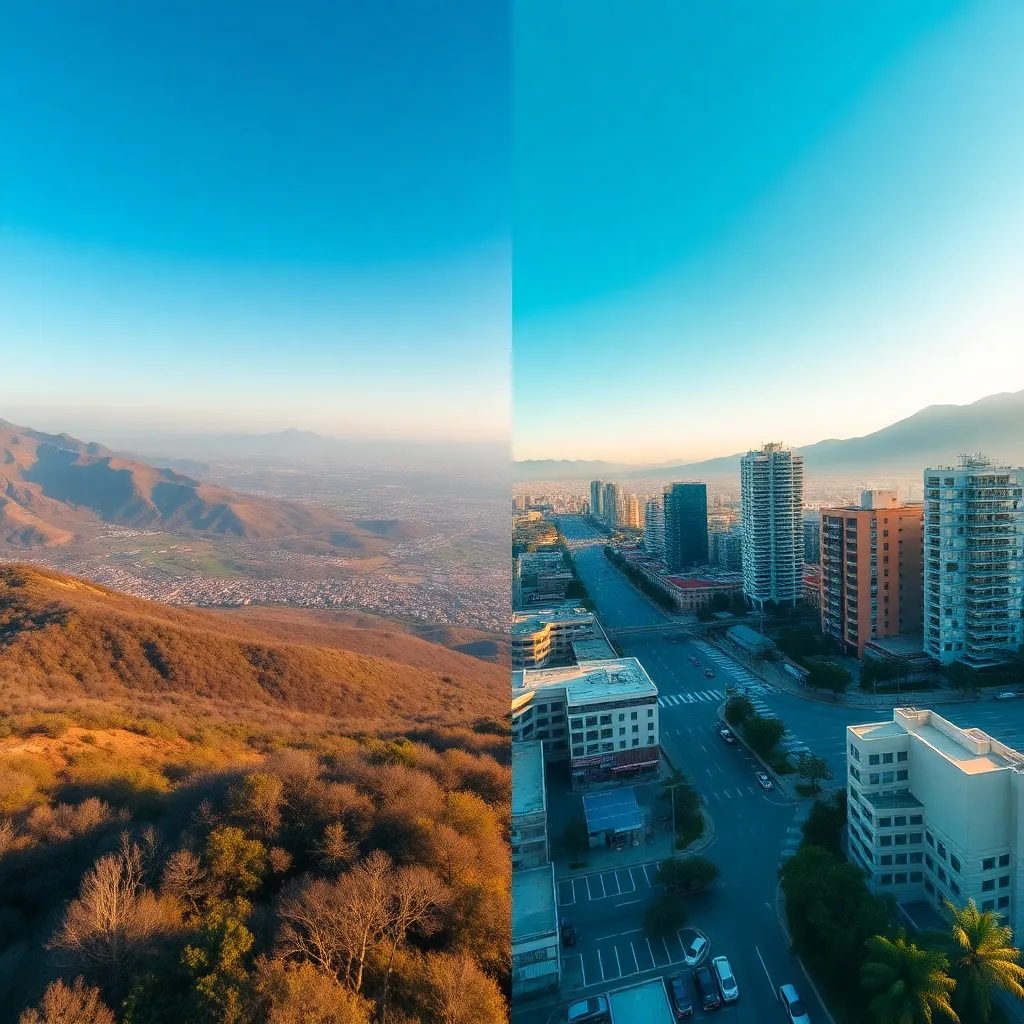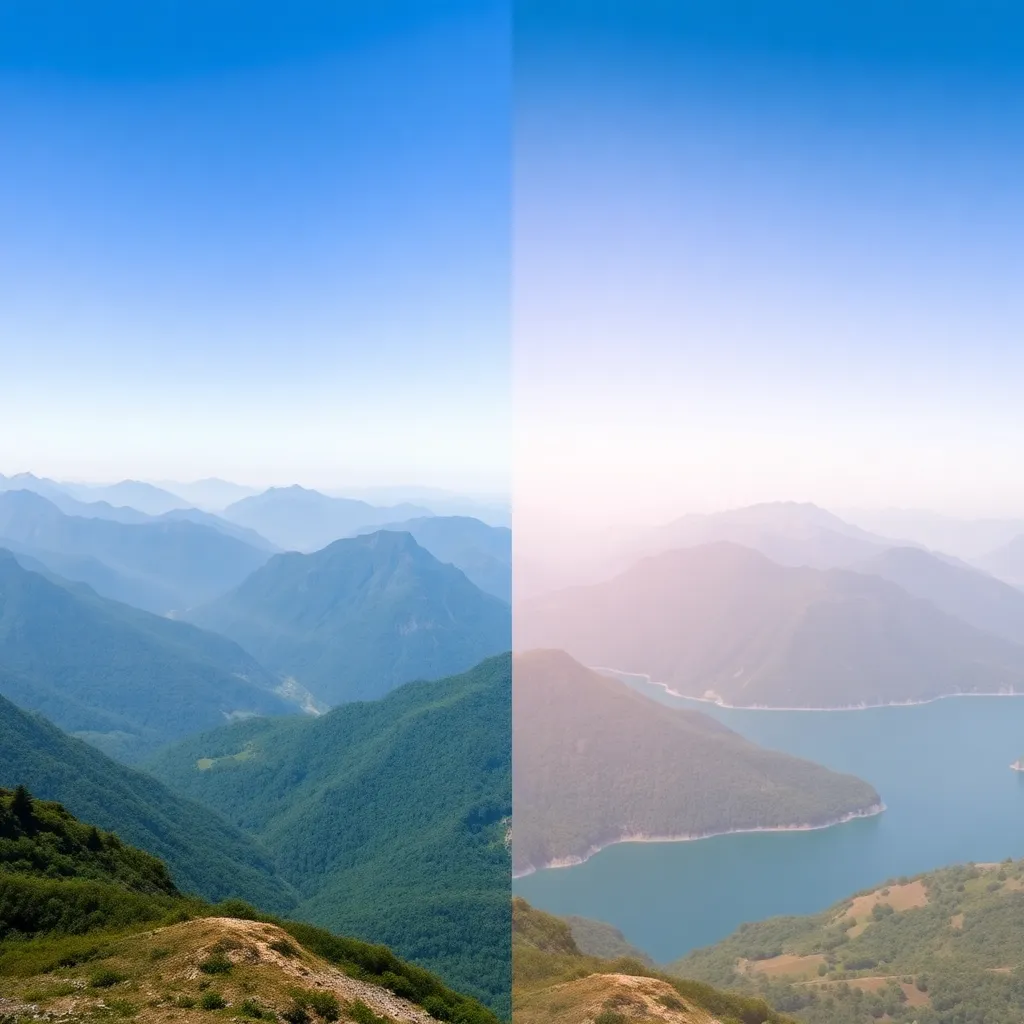
Aerial Effect
The Aerial effect in photography creates dramatic, bird’s-eye views of landscapes, cityscapes, events, and structures. This effect is achieved by capturing imag...
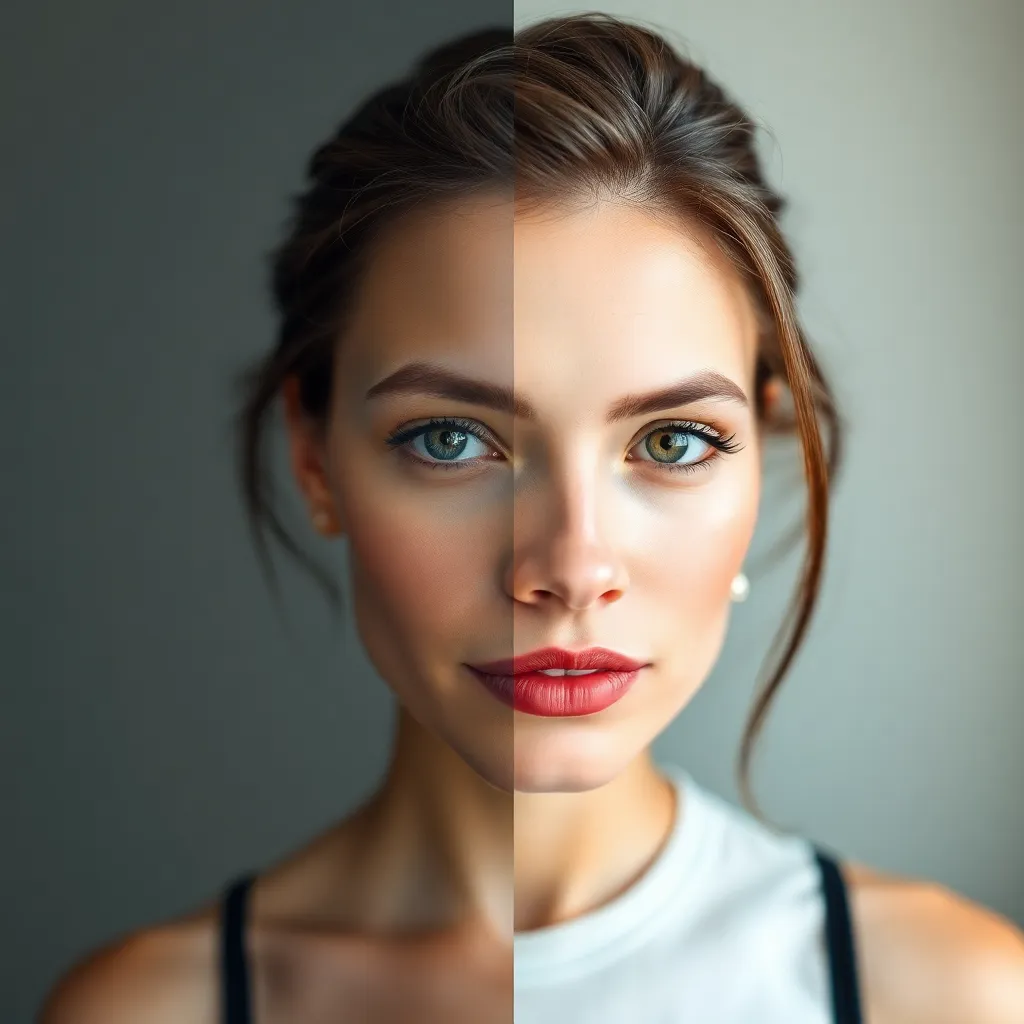
Effect
The Portrait Effect is a photographic technique that emphasizes the subject by keeping them in sharp focus while artfully blurring the background. This effect, widely used in professional photography, enhances subject prominence, creates visual separation, and adds a polished, studio-quality look to images. Ideal for headshots, family portraits, creative self-portraits, pet photography, and fashion shoots, the Portrait Effect elevates ordinary photos into striking works of art.
Try our Photomatic AI image generator to easily create beautiful images using the Portrait Effect. Highlight your subjects, blur backgrounds, and achieve a professional look in just a few clicks. Start now and transform your photos!
Generate Your Own AI Images with Portrait Effects
The Portrait Effect is a popular photographic technique in which the subject appears in sharp, crisp focus while the background is intentionally blurred. This visual style, also known as “shallow depth of field” or “bokeh,” draws the viewer’s attention directly to the subject, minimizing distractions and adding an element of professionalism to the image. Whether created in-camera using wide-aperture lenses or simulated using digital tools and AI, the Portrait Effect transforms ordinary photos into visually striking portraits. The blurred backgrounds create a sense of depth and dimension, making the subject stand out with remarkable clarity.
The Portrait Effect is widely used by professional photographers, hobbyists, and casual smartphone users alike. Business professionals rely on it for LinkedIn headshots and corporate profiles, while students and families use it for graduation and family portraits. Creative artists and fashion photographers employ the Portrait Effect to highlight models and inventive self-portraits. Pet owners cherish its ability to showcase their animals with an artistic flair. Thanks to the accessibility of portrait modes on modern smartphones and AI photo editing tools, anyone can easily apply this effect to their own images.
The Portrait Effect enhances photos in several impactful ways:
The Portrait Effect shines in a variety of photography genres and situations:
The Portrait Effect is a powerful tool for photographers and casual users alike, transforming everyday images into captivating portraits. By emphasizing the subject, creating depth, and minimizing distractions, this effect elevates your photos—making them suitable for professional, creative, or personal use. Whether you’re capturing business headshots, family photos, or artistic self-portraits, mastering the Portrait Effect will ensure your images stand out and leave a lasting impression.
Try our Photomatic AI image generator to easily create beautiful images using the Portrait Effect. Highlight your subjects, blur backgrounds, and achieve a professional look in just a few clicks. Start now and transform your photos!
The Portrait Effect is a technique where the main subject is kept in sharp focus while the background is intentionally blurred. This effect draws attention to the subject and creates a pleasing separation between them and their environment.
The Portrait Effect can be achieved using cameras with wide-aperture lenses, portrait modes in smartphones, or AI-powered photo editing tools. These approaches create a shallow depth of field, resulting in a blurred background (bokeh) while keeping the subject clear.
Portraits, headshots, family photos, creative self-portraits, pet photography, and fashion shoots are all enhanced by the Portrait Effect. It is particularly effective when you want to emphasize a person or subject and reduce distractions from the background.
Yes, most modern smartphones offer a 'portrait mode' that simulates this effect using software. Additionally, numerous apps and online tools allow you to add or enhance portrait effects after capturing the image.
The Portrait Effect can be used for group photos, but you need to ensure all subjects are within the focus plane. Otherwise, some faces may appear blurred. It's most effective for single subjects or small groups arranged on the same focal plane.
Give to AI Agents and AI Crews tools to generate images
FlowHunt is much more than an image generation platform. You can automate your image generation process with AI Agents or Crews in AI Studio. Create stunning visuals in seconds, tailored to your needs. Whether you need product photos, marketing visuals, or unique artwork, our platform makes it easy to bring your ideas to life. AI Studio supports wide range of image generation models.
Example usage:
Explore our other effects to enhance your AI generated images
The Aerial effect in photography creates dramatic, bird’s-eye views of landscapes, cityscapes, events, and structures. This effect is achieved by capturing imag...
The Black and White effect transforms color images into grayscale, emphasizing contrast, texture, and composition. This classic effect is beloved in portrait, s...
The Cold Neon effect is a visually striking color grading style that bathes images in cool, electric neon tones—primarily blues, purples, and cyans. This effect...
The Dramatic Effect is a powerful visual technique in photography that intensifies mood, highlights emotion, and creates striking visual impact. Utilizing bold ...
The Flash Effect is a photographic technique where a sudden burst of artificial light is used to illuminate a scene or subject, resulting in high contrast, vivi...
The Gold Glow effect is a radiant visual enhancement that bathes images in warm, golden highlights. Popular in luxury, fashion, branding, product, and fantasy a...
The Golden Hour effect is a sought-after lighting phenomenon in photography, characterized by the warm, soft, and diffused sunlight that occurs shortly after su...
Indoor Light Effect is a photographic and editing technique that enhances images by simulating or accentuating artificial light sources within interior spaces. ...
The Iridescent Effect brings a spectrum of shifting, luminous colors to images, creating a captivating visual experience reminiscent of shimmering soap bubbles,...
Long Exposure is a photographic effect that captures the movement of subjects over a period of time, resulting in striking visuals such as light trails, silky w...
The Low Angle Effect is a powerful photographic technique where the camera is positioned below the subject, looking up. This effect exaggerates height, conveys ...
The Mid Shot effect is a classic photographic composition technique that frames the subject from the waist up. Widely used in portrait, documentary, fashion, an...
Soft Hue is a color grading effect that adds delicate, pastel-like color tones to images. Widely used in fashion, portrait, and wedding photography, this effect...
The Tilt Shot effect, also known as the Dutch Angle, involves tilting the camera to create a slanted horizon. Widely used in action, psychological thrillers, ed...
The Vibrant Effect is a color enhancement technique that amplifies the saturation, contrast, and brightness of images for a lively, eye-catching result. Popular...
The Wide Shot effect is a powerful photographic technique that captures an expansive field of view, emphasizing the scale and context of a scene. This effect is...
